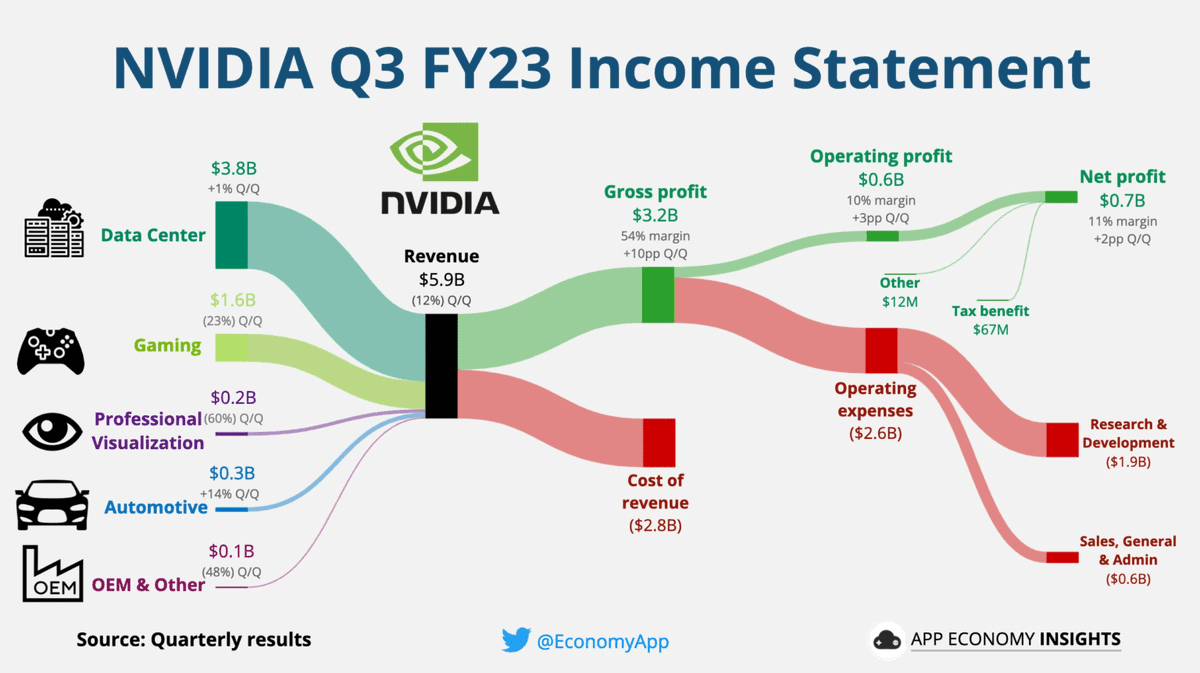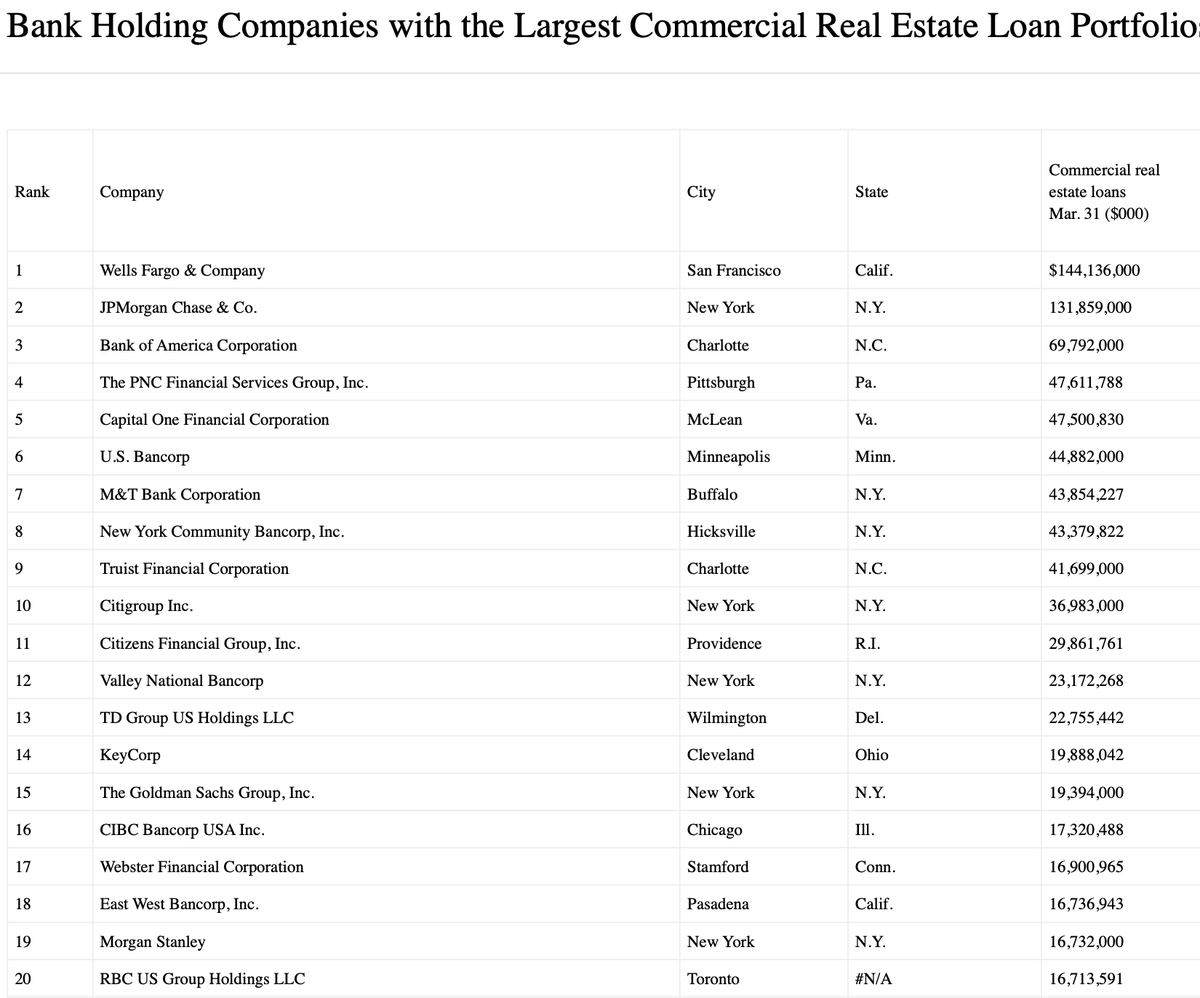🍿🎥AMC Gamma Squeeze Explained in 3 Pictures🎥🍿
Best time to learn about gamma squeeze was for $GME.
2nd best time to learn is now. For $AMC.
You don't needa understand gamma, vega, vanna, theta. You just gotta understand 3 simple pictures.
👇
Best time to learn about gamma squeeze was for $GME.
2nd best time to learn is now. For $AMC.
You don't needa understand gamma, vega, vanna, theta. You just gotta understand 3 simple pictures.
👇

1/ You buy 1 call option.
The market maker (MM) wants to stay "delta neutral" (i.e. zero net long, zero net short exposure).
But he just sold you 1 call. So he's short 1 call (i.e. short 100 shares' worth of exposure).
What does he do now? 😳🥴
The market maker (MM) wants to stay "delta neutral" (i.e. zero net long, zero net short exposure).
But he just sold you 1 call. So he's short 1 call (i.e. short 100 shares' worth of exposure).
What does he do now? 😳🥴

2/ Don't worry. Market maker has a solution.
In response to being short 100 shares' risk, he needs to buy back 50 shares of underlying $AMC stock to bring himself back to "equilibrium."
Why not 100? Go to step 3 (final) 👉
In response to being short 100 shares' risk, he needs to buy back 50 shares of underlying $AMC stock to bring himself back to "equilibrium."
Why not 100? Go to step 3 (final) 👉

3/ Delta hedging
pink + blue = purple.
pink line = MM's PnL from long 50 shares
blue = PnL from short 1 call
purple = PnL from short 1 contract & long 50 shares
Notice how purple is symmetric around the spot price. So as long as spot doesn't move, MM will be delta neutral.
pink + blue = purple.
pink line = MM's PnL from long 50 shares
blue = PnL from short 1 call
purple = PnL from short 1 contract & long 50 shares
Notice how purple is symmetric around the spot price. So as long as spot doesn't move, MM will be delta neutral.

Wait, but why is it called gamma squeeze if it's all about delta?
When MM buys 50 shares, that pushes price up. Now what happens when $AMC goes to $30, $50... $75?
TLDR: MM is no longer delta-neutral. MM is now long delta b/c of "gamma" (how much delta changes as price changes)
When MM buys 50 shares, that pushes price up. Now what happens when $AMC goes to $30, $50... $75?
TLDR: MM is no longer delta-neutral. MM is now long delta b/c of "gamma" (how much delta changes as price changes)
Let's go back to ur call. Say it had a gamma of .004. This means for every 1% change in $AMC, delta changes .4%.
So if AMC spikes 10% from $26.52 to $29.17, the MM's delta is now -0.004*10 = -0.04. Not zero!
To neutralize, MM must buy more stonk. So the vicious cycle continues.
So if AMC spikes 10% from $26.52 to $29.17, the MM's delta is now -0.004*10 = -0.04. Not zero!
To neutralize, MM must buy more stonk. So the vicious cycle continues.
• • •
Missing some Tweet in this thread? You can try to
force a refresh



















